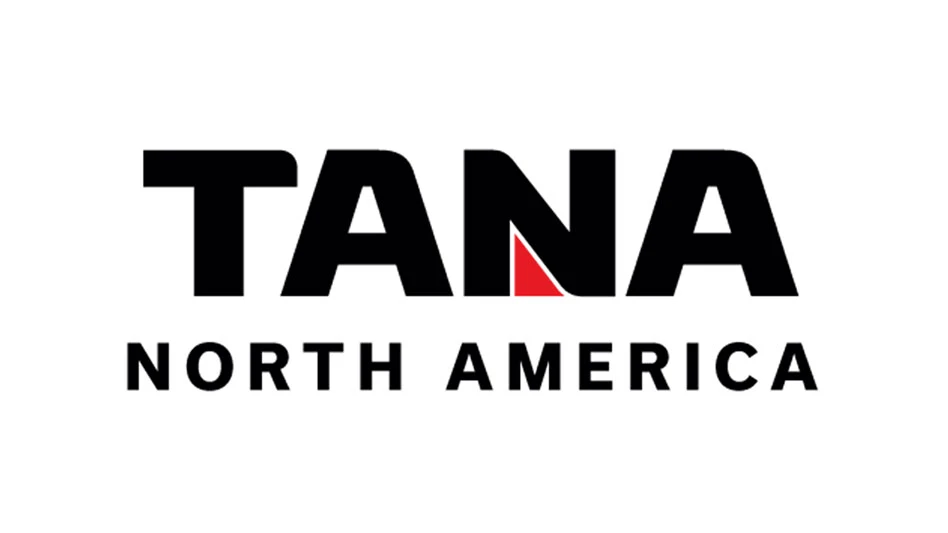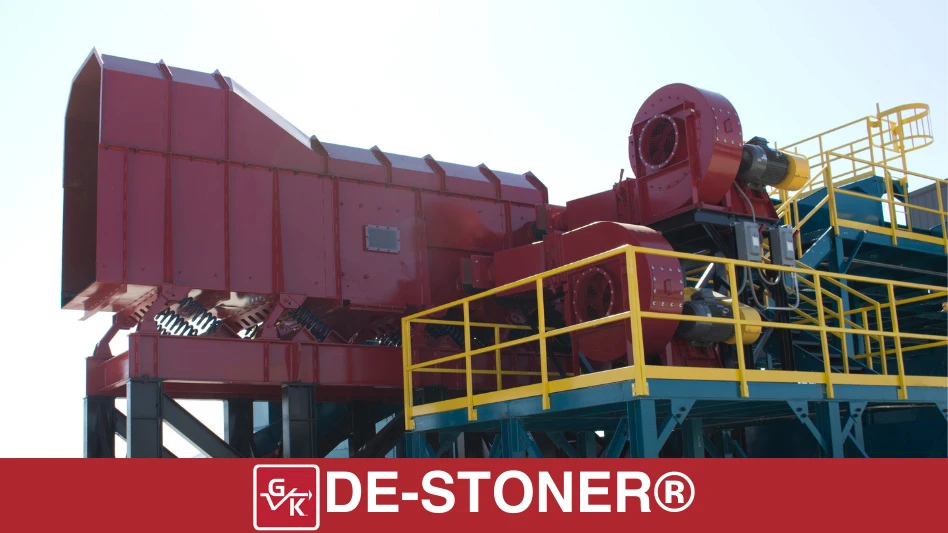Crews implode two old Bay Bridge piers

Two pier implosions to remove the piers remaining from the old Bay Bridge took place in October. Crews hired by the California Department of Transportation (Caltrans) conducted a test blast on Oct. 7 in preparation for the two pier implosions.
Pier E5 was imploded at 11:30 a.m. Oct. 15 and the implosion of Pier E4 took place Oct. 29.
The same “bubble curtain” method was used to implode the piers as was used in November 2015 to remove Pier 3. The method was designed to absorb the shockwave created from the blast from hundreds of small explosives placed within the concrete.
The process was featured in Construction & Demolition Recycling’s 2016 Demolition Supplement available at www.CDRecycler.com/article/bottoms-up.
Thirteen remaining pier structures still need to be removed. Six of the piers are slated to be removed next fall. The remaining seven piers are expected to be removed in 2018.
Demolition work planned at closed Indiana munitions plant

The Associated Press is reporting that work is expected to start in the fall on tearing down dozens of buildings from a closed military munitions plant located in southern Indiana.
The River Ridge Development Authority has awarded a $1.3 million contract to Louisville, Kentucky-based Cardinal Demolition for demolition of about 30 buildings that were once part of the Indiana Army Ammunition Plant.
The agency is converting the 6,000-acre site in Charlestown into an industrial park and wants to have all of the former ammunition plant’s approximately 700 buildings demolished by the end of 2018.
The plant manufactured gunpowder during World War II, the Korean War, and the Vietnam War. During its height, it employed some 27,000 workers.
The facility closed in 1992. Congress declared the property surplus in 1998 and authorized 6,000 acres of the property to be conveyed to the River Ridge Development Authority for economic development.
Crews implode Phoenix power plant

Crews imploded a water tower and two stacks at an APS power plant in Phoenix.
The structures were built in the 1930s and were part of the old oil-fired steam units at this power plant. At one point, the power plant was one of the largest energy producers for the city of Phoenix.
The implosion was closed public viewing due to safety concerns.
The power plant was decommissioned back in 2001 and has since sat silent. The implosion marked the end of a nine-month deconstruction project of the old plant.
In 2015, the seven generating units at the West Phoenix Power Plant generated nearly 560 percent more electricity (almost 1,000 megawatts) than the former version of the facility, using cleaner natural gas along with more efficient combined-cycle units.
While West Phoenix is producing more energy than ever before, it has also lowered emissions, significantly reducing nitrogen oxide emissions by 92 percent, sulfur dioxide emissions by 99 percent and carbon monoxide emissions by 96 percent compared to the former plant.
APS’ overall generating portfolio has nearly half of its energy coming from carbon-free resources. Today’s plant continues to provide safe and reliable energy for nearly 250,000 homes.
When the original plant was built, Arizona was home to 435,573 residents. The plant, put into service by Central Arizona Light and Power Co., supplied 18 megawatts of power—enough electricity to power all of Phoenix at the time.
ABC files suit against Department of Labor for overtime rule

Associated Builders and Contractors (ABC) and a coalition of business groups filed suit against the U.S. Department of Labor (DOL) Wage and Hour Division’s final overtime rule.
The legal challenge was filed in the U.S. District Court for the Eastern District of Texas.
ABC has been a vocal opponent of the overtime rule and submitted comments along with more than 900 ABC members opposing the rule.
ABC supported legislation that would prevent DOL from implementing the rule and submitted comments as a member of the Partnership to Protect Workplace Opportunity as well.
“The Department of Labor overstepped its statutory authority by dramatically increasing the minimum salary for exempt employees and by automatically updating the salary threshold,” says Kristen Swearingen, ABC vice president of legislative and political affairs.
Swearingen adds, “The unprecedented automatic indexing provision circumvents the intent of Congress under the Fair Labor Standards Act and is particularly problematic for construction business owners who often need to project costs and workforce needs over multiple years for projects managed by exempt employees.
She continues, “These projects often last longer than three years and are meticulously planned in order to stay on time and budget. This rule will create uncertainty for contractors and their employees.”
DOL released its final overtime rule on May 18. The final rule states that employees who earn $47,476 per year are eligible as hourly employees rather than salary and will be paid overtime compensation for hours worked over the 40-hour limit.
This new rule will also update the salary threshold every three years based on wage growth over time. The rule is scheduled to become effective Dec. 1, 2016.
ABC says the rule will impose overtime payment requirements on employers of more than 4.2 million employees who are classified as executive, administrative, professional and computer professional employees and have historically been considered to be exempt from overtime.
“Additionally, the rule’s unprecedented increase in the salary threshold fails to account for disparate income levels in different regions of the country,” says Swearingen. “This will result in an unreasonable, one-size-fits-all mandate, which will have a vastly different impact on employers in regions with a lower cost-of-living.”
World Demolition Awards winners honored in Miami
Winners of the 2016 World Demolition Awards were honored during a banquet, which followed the World Demolition Summit, Oct. 14 at the Marriott Biscayne Bay in Miami.
The event, hosted by U.K.-based KHL Group, featured a shortlist from which winners were chosen. Winners in each category are:
Civil Demolition: Priestly Demolition, King, Ontario, for the Nipigon River bridge demolition on Lake Superior.
Industrial Demolition: McMahon Services Australia, Dry Creek, Australia for the demolition of bulk handling and other heavy equipment at the North Yard of Nelson Point iron ore facility in Western Australia.
Urban Demolition: Despe, Torre de’ Roveri, Italy, for removing cinemas, theatres and shops at the Sporting d’Hiver development in Monte Carlo, France.
Explosive Demolition: Fábio Bruno Construções, Barra da Tijuca, Brazil, for the demolition and implosion of the seven-story Hospital Oliverio Kraemer in Rio de Janeiro.
Safety & Training: AR Demolition, Nuneaton, U.K.
Recycling & Environmental: Hughes and Salvidge, Portsmouth, U.K., for a major decommissioning project for Versalis in the south of England.
Innovation – Plant & Equipment: Liebherr Group, Kirchdorf an der Iller, Germany, for the R 960 and R950 high-reach demolition excavators.
Innovation – Tools & Attachments: Remoquip, Lawrencetown, Ireland, for its remote control interface module.
Contract of the Year under $1 Million: Liberty Industrial, Glebe, Australia, for removing a 229-foot bridge over the Duck River near Sydney.
Contract of the Year over $1 Million: Keltbray, Esher, U.K., for demolition of Earl’s Court exhibition centers in London.
Collaboration: Kiewit/Manson, the California Department of Transportation, COWI, ESA and Ventura Consulting for a major foundation removal on the San Francisco-Oakland Bay Bridge east span.
2016 World Demolition Award: Priestly Demolition for its work on the Nipigon River bridge demolition.

Explore the November 2016 Issue
Check out more from this issue and find your next story to read.
Latest from Construction & Demolition Recycling
- C&D World session preview: Key strategies for effective fleet maintenance
- Rotochopper hosts equipment owners at annual training program
- EAF mill underway in California
- On the move
- Viably teams with Turmec on materials processing systems
- Tight supply poised to keep recycled steel prices buoyant
- Untha shredder prepares SRF in the UK
- Mammoet on the job at Montréal Olympic Stadium project





